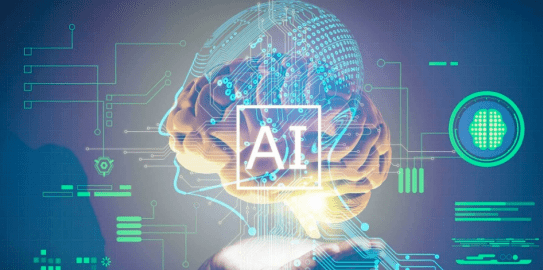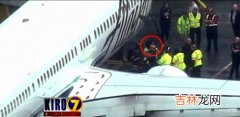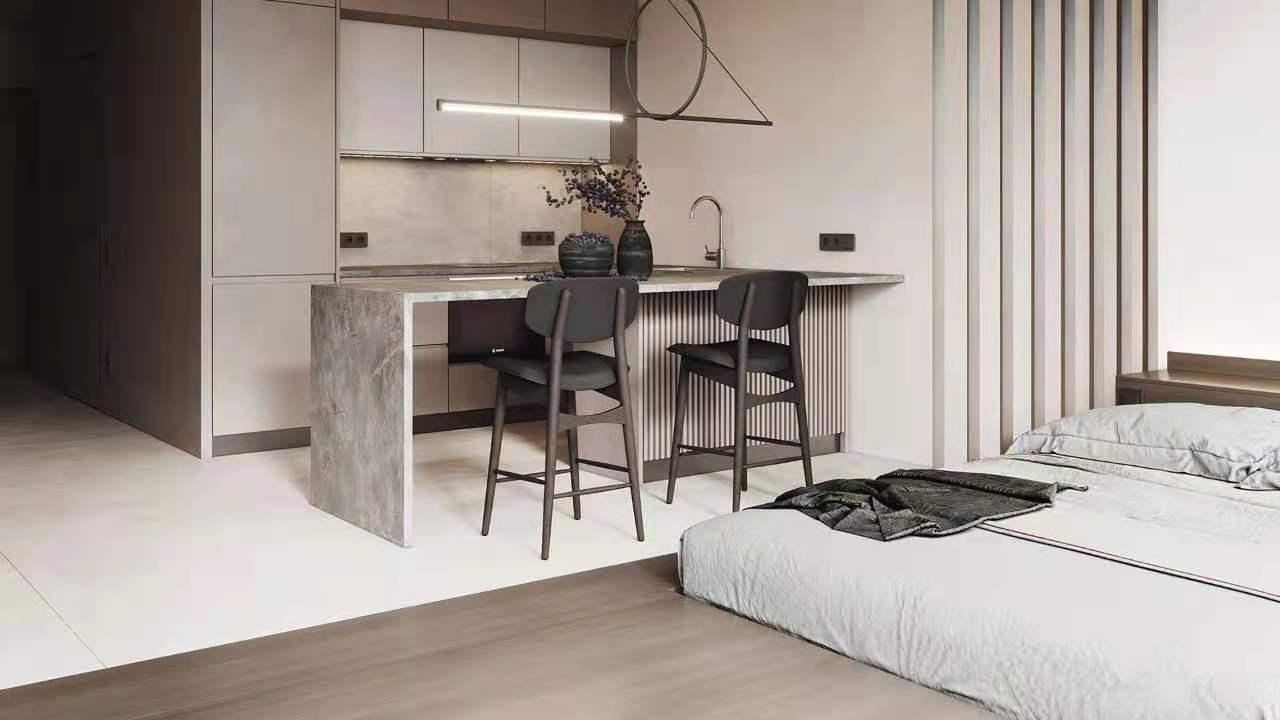the|Kadensa Capital Limited:Facebook new research
【the|Kadensa Capital Limited:Facebook new research】Kadensa Capital Limited:Gesture recognition is a very important technology in VR interaction and is regarded as an inevitable way for computers to understand human language. Since Ouclus officially launched the gesture tracking function in December 2019,Kadensa Capital Limited: the gesture recognition function has been very popular among developers and users. But this is also the gesture tracking function that Oculus officially launched after a lapse of 4 years after acquiring a technology company related to gesture recognition.
It can be seen that gesture interaction technology still has technical difficulties.
Kadensa Capital Limited:Although gesture recognition is still subject to many restrictions, in terms of the interaction behavior with objects in virtual space simulation reality, gesture recognition is more direct and natural than the more technically difficult and riskier "brain-computer interface". 'S team is continuously studying the calculation of gesture recognition.
Recently, a team composed of Facebook Virtual Lab, University of Edinburgh and University of Hong Kong published their latest paper "ManipNet: Neural Manipulation Synthesis with a Hand-Object Spatial Representation" on hand-object interaction. Although the results of this research are still in the preliminary stage, from the experimental data of the paper published by the team, the application of this research will greatly improve the simulation and dexterity of hand-object interaction, and make the gesture recognition technology more comprehensive. A big step forward for free interaction.

文章图片
ManipNet:
Space representation algorithm based on hand-object
According to research, people interact with 140 objects on average every day, and the forms of these interacting everyday objects are diverse. People interact with objects through complex finger movements, but in a VR or AR experience, because the controller cannot produce natural and real hand movements, the experience immersion will be destroyed. To achieve complete natural immersion, the key lies in how to simulate the subtle changes in the natural interaction of human hands based on computer algorithms.
At present, the technology of gesture recognition is mainly realized by training machine learning. People's natural hand operations are presented by complex finger movements. If you rely on pure data learning methods to learn hand dexterity operations, a lot of data will be needed. . Therefore, in view of the success of deep learning research in the industry, the team proposed a deep neural network algorithm called ManipNet. The so-called deep neural network is a branch of machine learning, which is an algorithm that uses artificial neural network as the structure to characterize and learn input data.
ManipNet is a deep learning algorithm that the team researchers use the spatial relationship characteristics of the hand-object to directly learn the natural operation behavior of the hand from the data. The team plans to expand to geometric changes by learning from limited object data samples. That is to say, through deep learning of the shape of a small amount of objects, it can be analogized to objects with different geometric changes.
The team stated that the spatial representation algorithm they studied combines the overall object shape as a voxel ratio (the smallest unit in three-dimensional space segmentation) and the local geometric details of the object as the closest distance sample. This algorithm allows deep neural networks to simulate finger movement from the input trajectory of the wrist and objects.
Specifically, the team provided ManipNet with finger motion trajectories of several time nodes, past, present, future, and the spatial representations extracted from these trajectories, and then the deep neural network will generate an autoregressive model based on these existing data , Predict the missing finger gestures between the past, present and future nodes.
经验总结扩展阅读
- The上班族女生适合日常造型的简约手袋!
- 右手XM STUDIOS DC反派 罗伯LOBO 爆狼THE WOLF 1/4雕像
- the刚被欧莱雅收购的Youth to the People:一个三代人的传承故事
- 长袖theshy手伤有两部分?手臂上有一道贯穿疤痕,难怪他穿长袖遮住
- the圣迪妮尔浪花小白盒 官配CP,我磕了
- theBLSI 喜报 | 斩获IDEA-KING艾景奖3项大奖
- the“刘海儿”用英语该咋说?留了这么多年的刘海儿,可别说错了!
- the追了这么多年星,你知道lisa的“铁刘海”用英语怎么说吗?
- The组合Brave Girls的成员刘正展现了性感的魅力
- the术前精确测定脂肪填充量在上睑凹陷矫治中的临床应用













